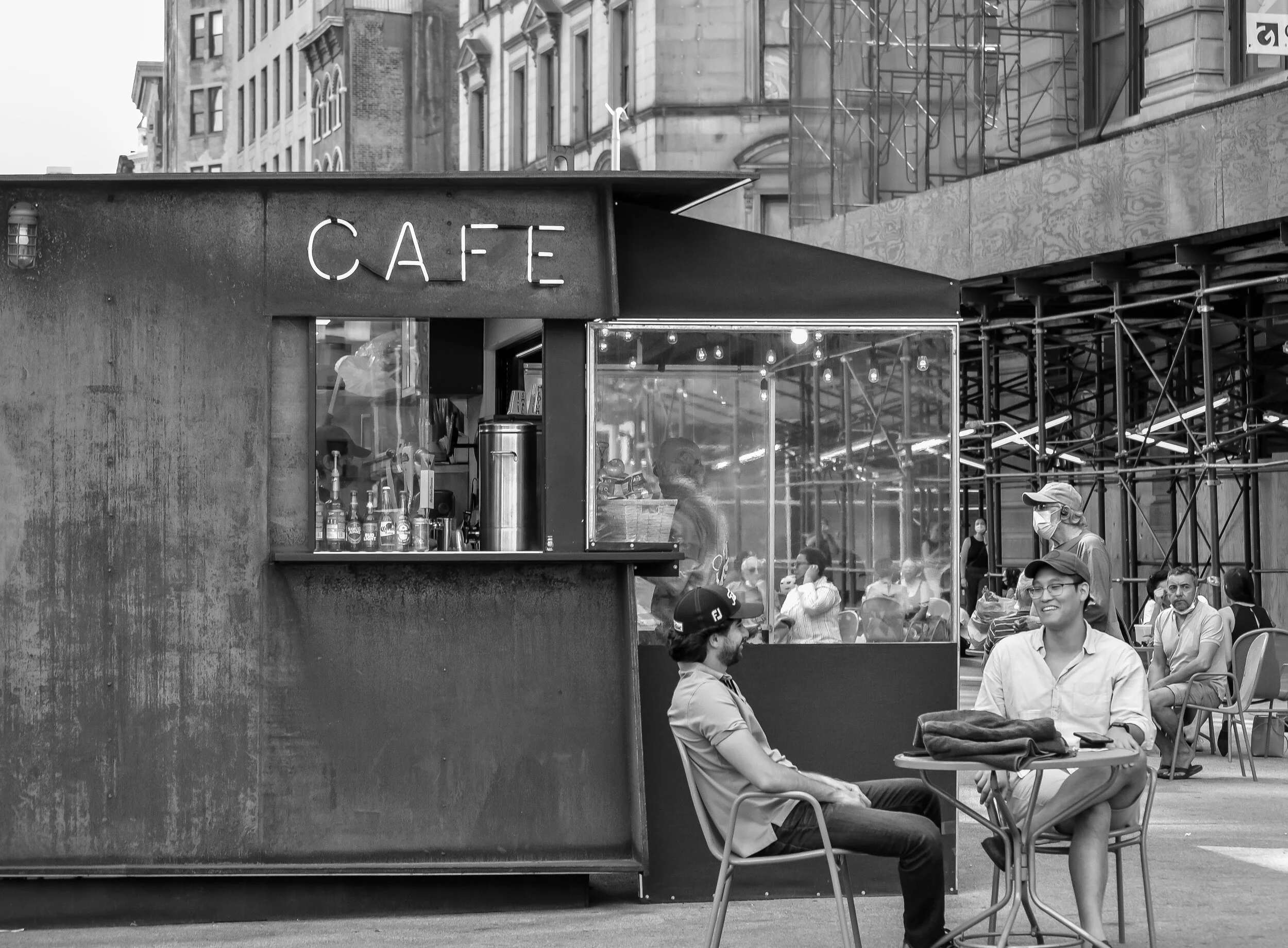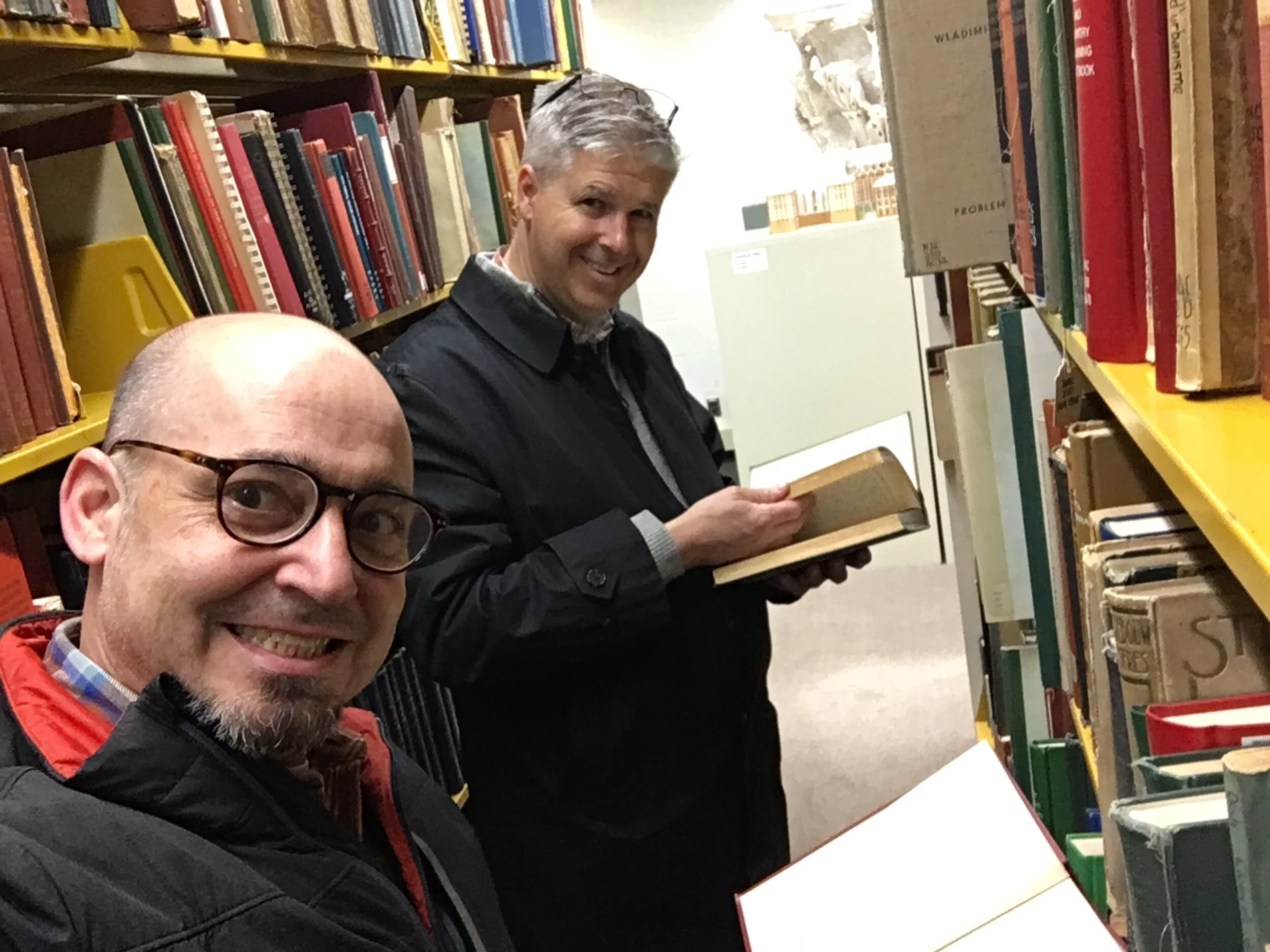Many conveniences—the ease of driving, food delivery, one-stop shopping—seem nice on the surface, but they often come at a high cost to our communities.
Read MoreOakland’s open streets program has become a national model. Not because they got everything right, but because they got started and keep getting better.
Read MoreOutdoor dining proved to be a lifeline for many restaurants and coffee shops during the warm summer months. What will restaurants do as the weather turns colder and wetter?
Read MoreThe paths to recovery for a small town and for an addict have much in common. And sometimes those paths can converge.
Read MoreHelp us welcome the two newest members of the Strong Towns staff!
Read MoreSo you've heard that "developers" wield a lot of power in your city, or that certain actions will or won’t benefit them? It matters which ones you’re talking about.
Read MoreConventional planning is based on what professionals think people want or need. Now imagine a city that improves according to the actual needs and desires of its residents. The first is a gamble, the second is an adaptation.
Read MoreTo have enduring prosperity, a community cannot squander its land; it must develop in ways that are financially productive.
Read MoreOverstating the “urban/rural divide,” a puzzling divergence in crime statistics, and the complicated history of a South Dakota monument. These are a few of the articles Strong Towns staffers were reading and talking about this week.
Read MoreFaith communities have a unique and indispensable role in building stronger, more prosperous, and more resilient places. It’s easy to get started.
Read MoreThe test used to evaluate tax incentives is full of holes. Not surprisingly, this has led to problems, and not just in Kansas City. Here’s how to know whether tax incentives will be generating new economic activity…or just moving money around.
Read MoreEconomic development as a zero-sum game leads to cities racing each other to the bottom. It’s time to embrace instead a perspective on economic development that leads to broad wealth creation and productivity.
Read MoreDecades of disinvestment have trapped neighborhoods in poverty. Cities can do something about it—with tools they already have—and build lasting prosperity that benefits everyone.
Read MoreDecades into the Suburban Experiment, many towns and cities have precious few old buildings left. Those that remain could be adapted to new uses—but cities are making that hard.
Read MoreWe all love those “Before” and “After” shots. But where things get interesting—whether it’s on a home makeover show, or building a strong town—is what comes in-between.
Read MoreTax incentives are a powerful weapon to attack urban problems. But Kansas City—like many cities—has a history of using them recklessly and ineffectively: more “Ready, Fire, Aim” than “Ready, Aim, Fire.”
Read MoreMany zoning reform efforts shift power up, from municipalities to the state level. What if, instead, we shifted them downward, to the neighbors of proposed developments?
Read MoreSlowly but surely, the national conversation is changing around how to build stronger and more resilient cities. And you’re making it happen.
Read MoreThe collapse of local news, how one-size-fits-all solutions are fueling literal fires in California, and people who buy and sell underground bunkers. These are just a few of the stories from around the web that Strong Towns staffers were reading and talking about this week.
Read MoreIf we want our cities to be more resilient and financially productive, we must allow them to become complex again.
Read More


















